-
Posts
8,062 -
Joined
-
Last visited
Content Type
Profiles
Forums
Gallery
Events
Posts posted by allanyed
-
-
One of my all time favorite planes. Luckily I got to see one up close and personal and get on board the B25 owned by Ed Browing's Red Baron Flying team which sponsored Daryl Greenamyer's low altitude speed record flight over Mud Lake, Nevada. Great story and one of the greatest thrills of my life to work for one of the sponsors and be there to see it in person. A bit off topic but for an interesting read - https://www.916-starfighter.de/F-104RB_RedBaron_AirProgress1977.pdf
Allan
- Old Collingwood, chadwijm6, mtaylor and 2 others
-
 5
5
-
7 hours ago, LucienL said:
I figured that the scale problem would likely only become worse as I proceeded and make it more difficult to fit all the deck planks and thwarts into the boat at the dimensions I wanted.
Hi Lucien,
Many of us scrap first and second attempts so you are not alone by any means. One small suggestion, the plug looks to be grooved similar to the method Frolich details in his book The Art of Ship Modeling. I found this to be troublesome with the frames getting stuck in them at times. An alternate is to leave the plug smooth and glue tiny spacers where the frames go. Just need to be sure they are shallower than the frames. For scantlings of every part of many types of English boats, W.E. May's book Boats of Men of War is a great help.
The below is 1:128 scale 31 foot long boat using the plug method so it can be used at least down to that scale. The last photo is a larger plug (1:48) that shows the spacers.
Allan
-
37 minutes ago, trippwj said:
The answer, as so often, is that it depends what your interests are - time period, nationality, model building reference or historical reference? Merchant or Naval?
Exactly what I was going to write. Well said. I have two books by Endsor and for the 17th century they are fantastic. For overall usefulness, at least for English ships you have the the three I would put up at the top of the list, Lees (Masting and Rigging), Lavery (Arming and Fitting) , and Goodwin (Construction and Fitting) For scantlings- Steel's Elements and Practice of Naval Architecture, The Shipbuilder's Repository (1788) and the Establishments although these can be very expensive. These have been put together all in one book available from Seawatch Books. TFFM by David Antscherl offers a wealth of information on "how to" that is applicable in many ways to a host if ships, not just the Swan class around which it is centered.
Allan
- trippwj, Canute, Scottish Guy and 1 other
-
 4
4
-
On 4/19/2024 at 11:14 AM, glbarlow said:
I bend all my planks with steam and heat from a travel iron.
That was my go to as well and it works very well. Alternatively I found a hot air gun works more easily for me. Either way, the methodology is the same and gets the job done. There are a lot of choices of guns from Genesis to Bosch at reasonable prices from many stores or on line.
Allan
-
4 hours ago, DonSangria said:
I think the aft-most thwart is also for a rower and the boat is steered from the part No.11 in the drawing.
I agree that the steersman did not sit on the aft most thwart. This boat is single banked so there would likely be three tholes on each side for the six rowers. The last drawing showing two tholes MIGHT be a mistake. Looking at contemporary models and drawings in W.E. May's Boats of Men of War and more in the RMG Collections, so far, I cannot find an odd number of tholes on any boat. Out of curiosity do the other six boats that Beagle carried show this oddity?
Allan
- Keith Black, mtaylor, cotrecerf and 1 other
-
 4
4
-
Have you or any other member tried scraping rather than sanding these oars? Similar to scraping a planked hull or deck, a stiff back razor blade or scalpel blade can be controlled more easily at times and might give you better results.
Allan
- mtaylor, thibaultron, Keith Black and 2 others
-
 5
5
-
David
Your perseverance is commendable! It may be the photo but if the two thick tape lines are the top and bottom of the wales and black strake above the wales it looks to be very close to where it shows on the contemporary drawings forward. At the stern it appears to be a bit high but again, it may be the photo. The line of the wales can be seen clearly on the high res drawings on the Wiki Commons site (https://commons.wikimedia.org/wiki/Category:Ship_plans_of_the_Royal_Museums_Greenwich pages 4 and 5) as well as on the photos of the model at RMG Collections of the Apollo/Artois class of which Diana is a part. https://www.rmg.co.uk/collections/objects/rmgc-object-66303 There are low res drawings on this site but the high resolution version on Wiki Commons are often more helpful.
The bottom of the wales aft is about 77 inches below the bottom of the aft most gun port opening. The bottom of the wales is 84 inches below the bottom of the forward most gun port opening. For the wales and strake on the wales, the dimensions from the contract are below. I may be mistaken on this particular ship, but often the first strake of thick stuff (in this case, one strake) above the wales is black as well as the wales.
Allan
-
Welcome to MSW Eric. Loved your intro! If your models are as well done as your introduction, you will have great success. Regarding your first build choice
- Keith Black and mtaylor
-
 2
2
-
Angel,
It looks like your prop is in the wrong place or the diameter is too large. Is it possible to relocate the propellor shaft or go with a smaller diameter prop? Also, you can add a piece similar to the sketch below although it is probably not a good solution. If the ship had a wooden keel then this would work well and could also take a false keel across the entire length of the ship as well.
Can you tell us which vessel this is?
Thanks
Allan
-
7 hours ago, Dr PR said:
Draw a line* that is about as long as the long dimension of the paper you are printing on.
Similarly you can draw a box that is any given dimension in both the x and y axis such as 4 or 5 inches (100 or 150mm) somewhere on the drawing that you want to have printed. Once the drawing is printed, check the length and height of the scale box with a vernier caliper to confirm the printed plan is accurate. For larger drawings I like to use architectural engineering printer shops and ask them to check the scale box on the printed sheet. They have rarely had to make minor adjustments. I have also gone to Fedex offices that have large format printers. More often than not they have had to make small adjustments to get accurate results which they were happy to do.
For those that do not do their own drawings but get prints from RMG and other sources, the copies are suspect as the original plans are often distorted to some degree which is not surprising after a few hundred years.
Allan
- Canute, mtaylor, thibaultron and 2 others
-
 5
5
-
Looking at drawings of various trawlers and boats I still cannot figure out what Navcus is looking for. Attached show skegs that are below the prop so I assume (usually a bad idea) it is this area. If the skeg has to be bent to clear the prop it seems like the prop reaches below the keel which is odd for these boats. Hope he or she posts a drawing as now I am curious.🤔
Allan
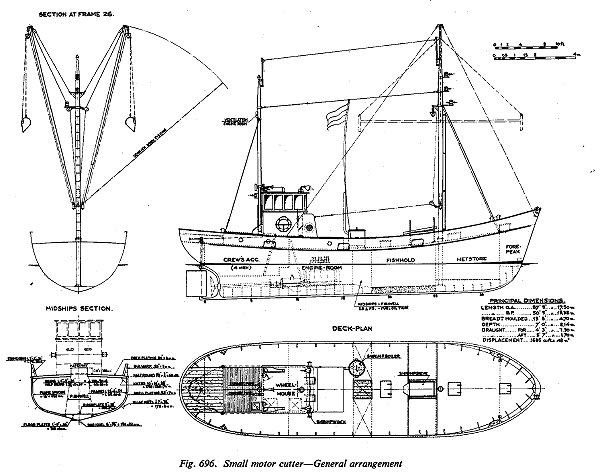
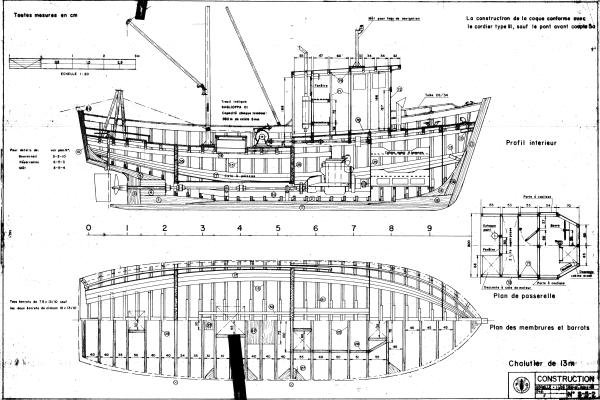
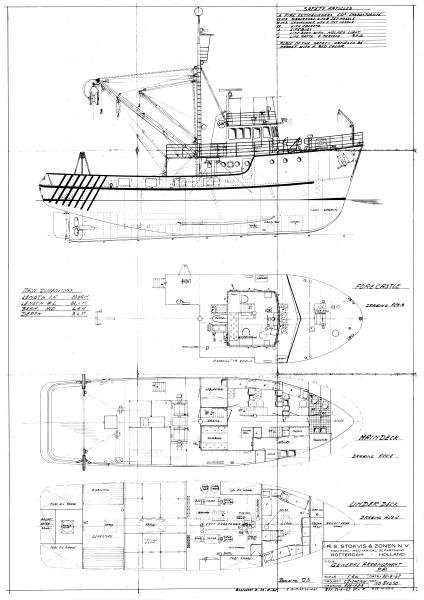
- Scottish Guy, Canute and mtaylor
-
 3
3
-
This might help. From the Shipbuilder's Repository 1788 which should be close for Agamemnon 1781:
Fourth futtocks moulded at the upper deck 9 3/4"
Top timbers <at the top end> moulded in the range of the forecastle 5 1/4" The dimensions below are what they would be if made to scale 1:64 This would apply to the forward frames as well.
It looks like the forward most frames moulded dimension is too heavy. Perhaps the kit has it extra thick due to the pressure of the planking bend in that area.
Allan
-
Richard,
If you are relegated to using brass, cleaning the assembled pieces with a solution of pickling acid is by far the best method in my experience. If there are blobs of solder I will file off any excess first then soak in the acid batch. Sparex #2 is one brand that works well and can be found on line. Vinegar works but not nearly as well as the Sparex in my experience. Once pickled rinse in water and dry then blacken.
I find copper easier than brass in many situations. It is easy to solder the pieces together, then clean with a file and/or steel wool followed by Sparex or try acetone. They can then be fixed in place and then blackened with diluted liver of sulfur in situ with a small brush. Rinse with a clean brush with water. The diluted LoS will not stain the surrounding wood.
Allan
- Scottish Guy and Darius359au
-
 2
2
-
Doug,
Welcome to the best ship model website in existence.
Allan
- mtaylor, Keith Black, Scottish Guy and 1 other
-
 4
4
-
Welcome to MSW Mberg
Allan
- Keith Black, Scottish Guy, mtaylor and 1 other
-
 4
4
-
Tiziano
You are most welcome and thank you again for allowing all of us to travel along with you on your journey. I am emailing you an idea you might like.
Allan
- Keith Black and matiz
-
 2
2
-
17 hours ago, jluden said:
although the sails were over the top and left them out.
Welcome to MSW John! Not to worry about the sails, you are not alone. While there are contemporary models rigged with sails, there are also many hundreds, including those at the Royal Museum Greenwich and Preble Hall in Annapolis, that are fully rigged sans sails. Three examples from the RMG Collections website of models built in 1695, circa 1714, and 1720 follow.
Allan
- Keith Black, mtaylor and Scottish Guy
-
 3
3
-
I realize the kit has the supplied parts, but the future and FWIW, the bulkheads over the well on the orlop were typically louvered or partially louvered in the upper portion rather than having completely solid bulkheads. I could not find any reference that the upper well area was made entirely with solid bulkheads on Victory but she (and other ships) may be an exception.
Allan
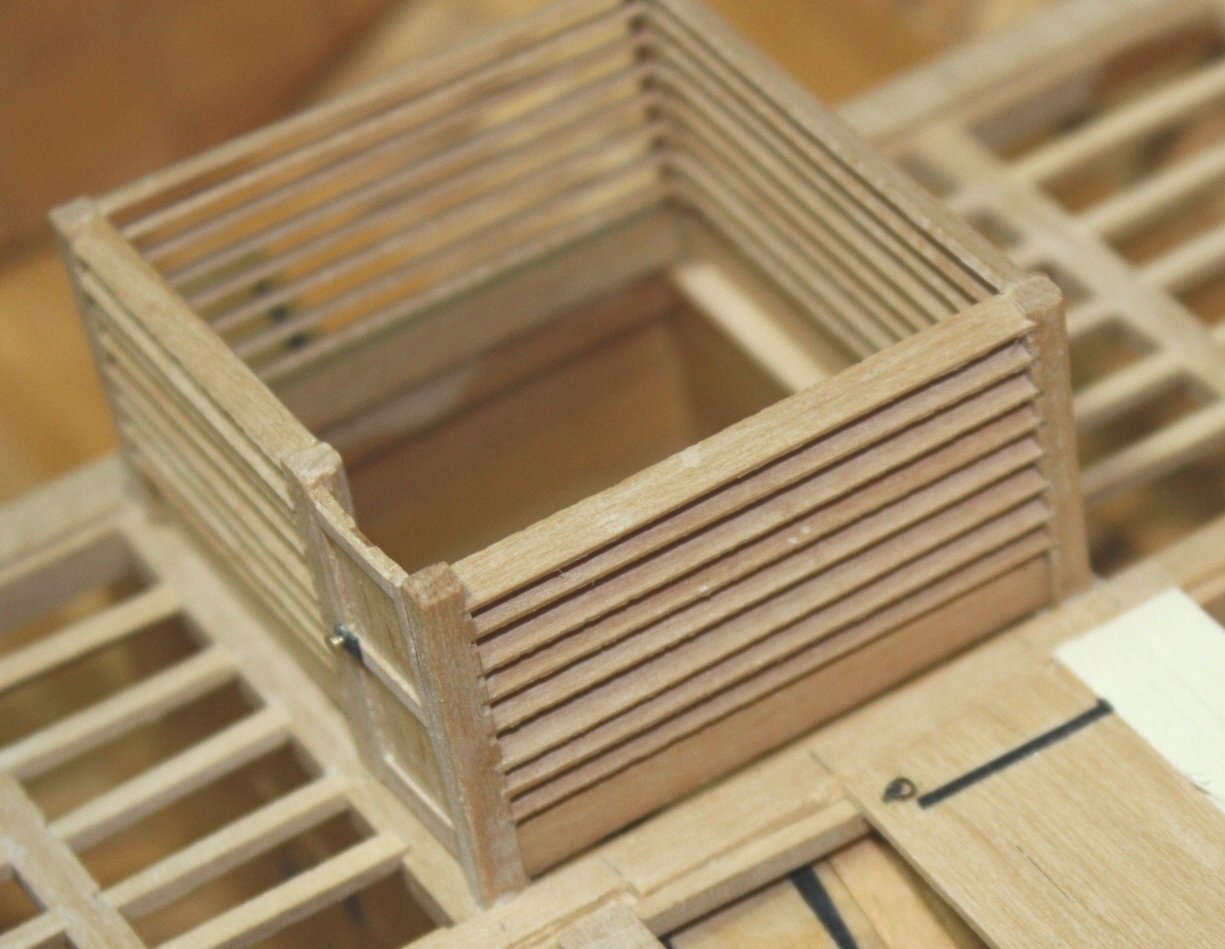
- Freebird and Scottish Guy
-
 2
2
-
15 hours ago, Gregory said:
Allan may be surprised it shows doubles for 12 pounders and up
Hi Gregory
Yes I am, but as with so many things very few are cast in stone on these ships of old. This is the first document I have seen that specifies other than singles on smaller than 32 pounders so heretofore I had relied on Caruana. The dates are very late in the 18th century so I wonder if this was a time of change for the types of blocks. So many choices. If Caruana missed this one too at least I am in good company. Appreciate your point. 😀
Allan
- Thukydides, mtaylor and Gregory
-
 3
3
-
Welcome to MSW Jay. What is your area of interest, kit, scratch, era, etc?
Allan
- Scottish Guy, mtaylor and Keith Black
-
 3
3
-
Curtiss (easier than p40warhawk1😀)
First, WELCOME TO MSW. Please post a little intro in the new member forum and mention your project as it may get additional responses.
Fiberglass saturated in resin can be applied but it will be the texture of fiberglass and difficult, if even possible, to give a super smooth finish.
The following is not a great way to go for a one off, but will give you an idea of how fiber glass hulls are so nicely finished. When fiberglass is used to make a hull it is done in steps. The following is somewhat simplified but it should give you an idea of what is involved. First is making a plug that matches the shape of the hull (in this case, your model hull). This is finished to super smooth surface than coated with a mold release wax. This waxed hull/plug is then coated with gel coat and left to cure. Once cured a thick fiberglass and resin coat is made, usually with some wood or other reinforcing so the mold will not flex later on. Once the fiberglass resin is cured the plug is removed from the mold. Next the mold is coated with a mold release wax. Gel coat is then applied to the mold and allow to cure. Last, fiberglass and resin is layered in an appropriate thickness and allowed to cure. Once cured, the new glass hull is removed from the mold and the mold is ready for the next hull to be made.
For your purposes and to use the hull you have already made as is, some coating such as just gel coat might work or more simply why not fine sand the hull you have, then apply four or five coats of a good quality spray finish/paint? There are wooden models with simple finishes that have been around for over 300 years.
I am sure there are members here that can give you the benefit of their own experience for simple yet effective way to get what you are shooting for.
Allan
-
2 hours ago, Frank Burroughs said:
TFFM for a lot of "how to" information"
Chris is of course correct that TFFM is based initially on building a fully framed model, but the volumes have a lot of application for any ship model in the days of sail. Such things as proper planking in volume I, making various realistic small parts such as a ship's wheel or chain pump housing and much much more in volume II and rigging in Volume IV. In the end no one book will answer address every ship, era or nationality.
Allan
- Canute, mtaylor, GrandpaPhil and 3 others
-
 6
6
-
I have gotten great pleasure in following your build log Tiziano. I truly hope to see you again and the model the next time we are in Italy.
Ciao amico mio
Allan
- Keith Black and matiz
-
 2
2
-
On 4/13/2024 at 9:38 PM, GGibson said:
blocks with those that I got from Syren Ship Model Company, which I had used in my Ballahoo build and liked their quality.
Hi Gregg,
I love the blocks from Syren. Hard to tell from the photos, are you using the internally stropped blocks that would be on Bluenose? They take a little doing to assemble but they enhance the model a lot as the blocks are prominent and very realistic.
Regarding the silk span sails, there is a little booklet on making sails by David Antscherl at Sea Watch books for $5 as well as the Tom Laurie video mentioned by wmherbert that shows similar techniques. https://seawatchbooks.com/products/swan-iv-sail-making-supplement-from-the-revised-and-expanded-edition-by-david-antscherl
Allan




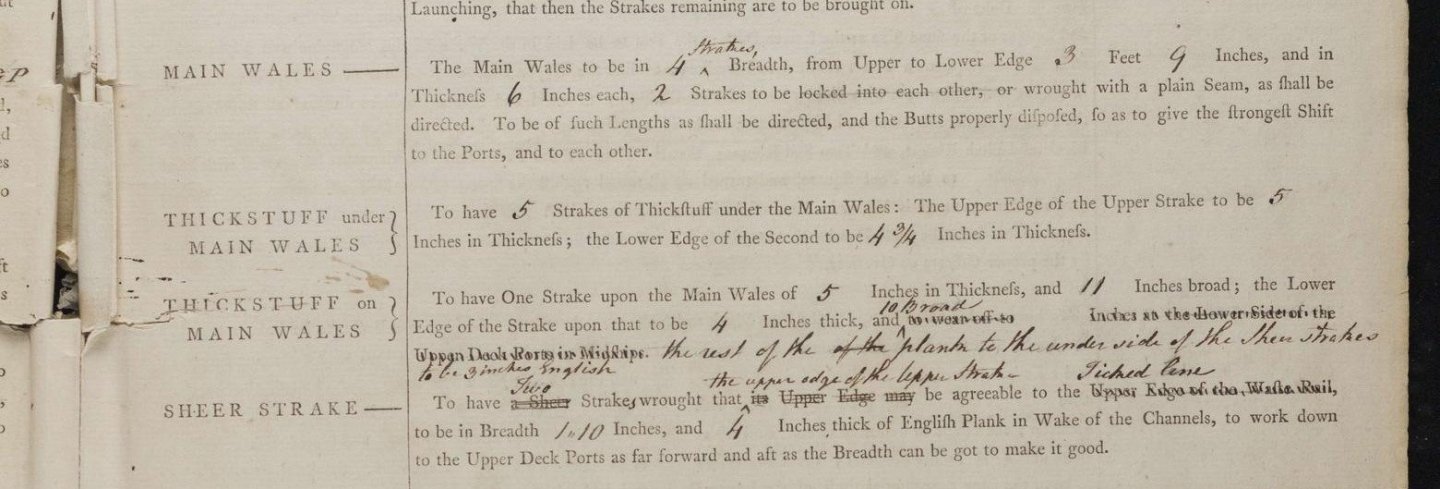
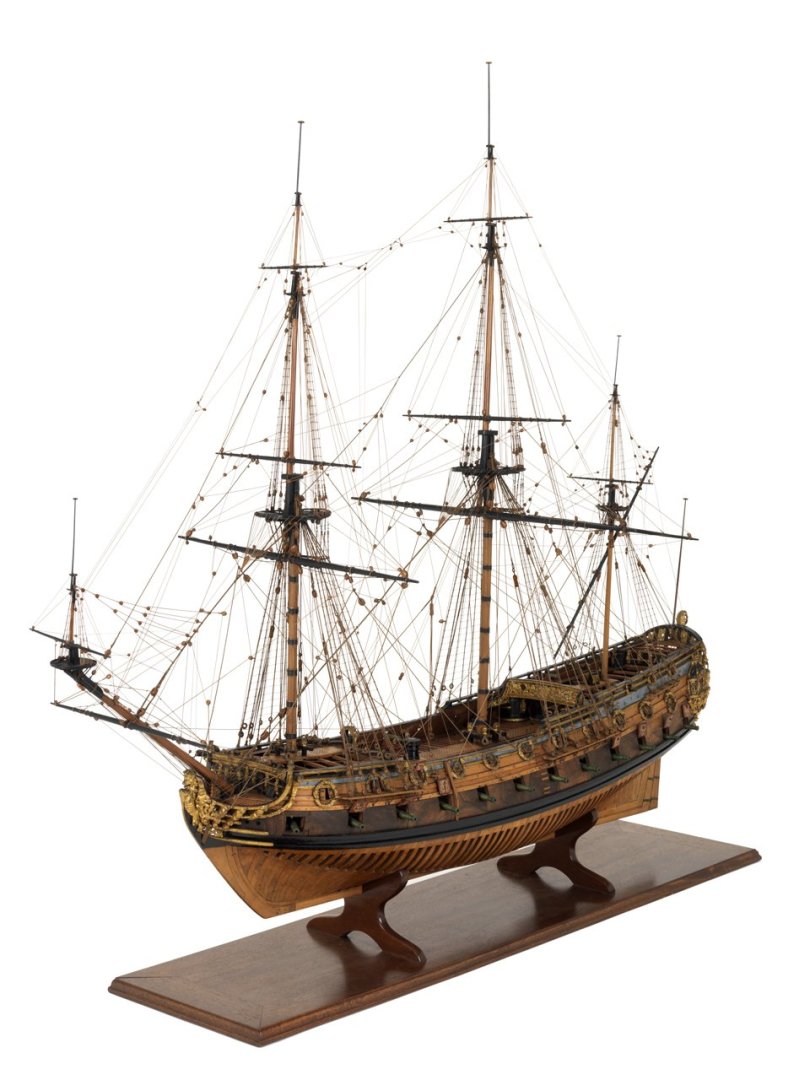
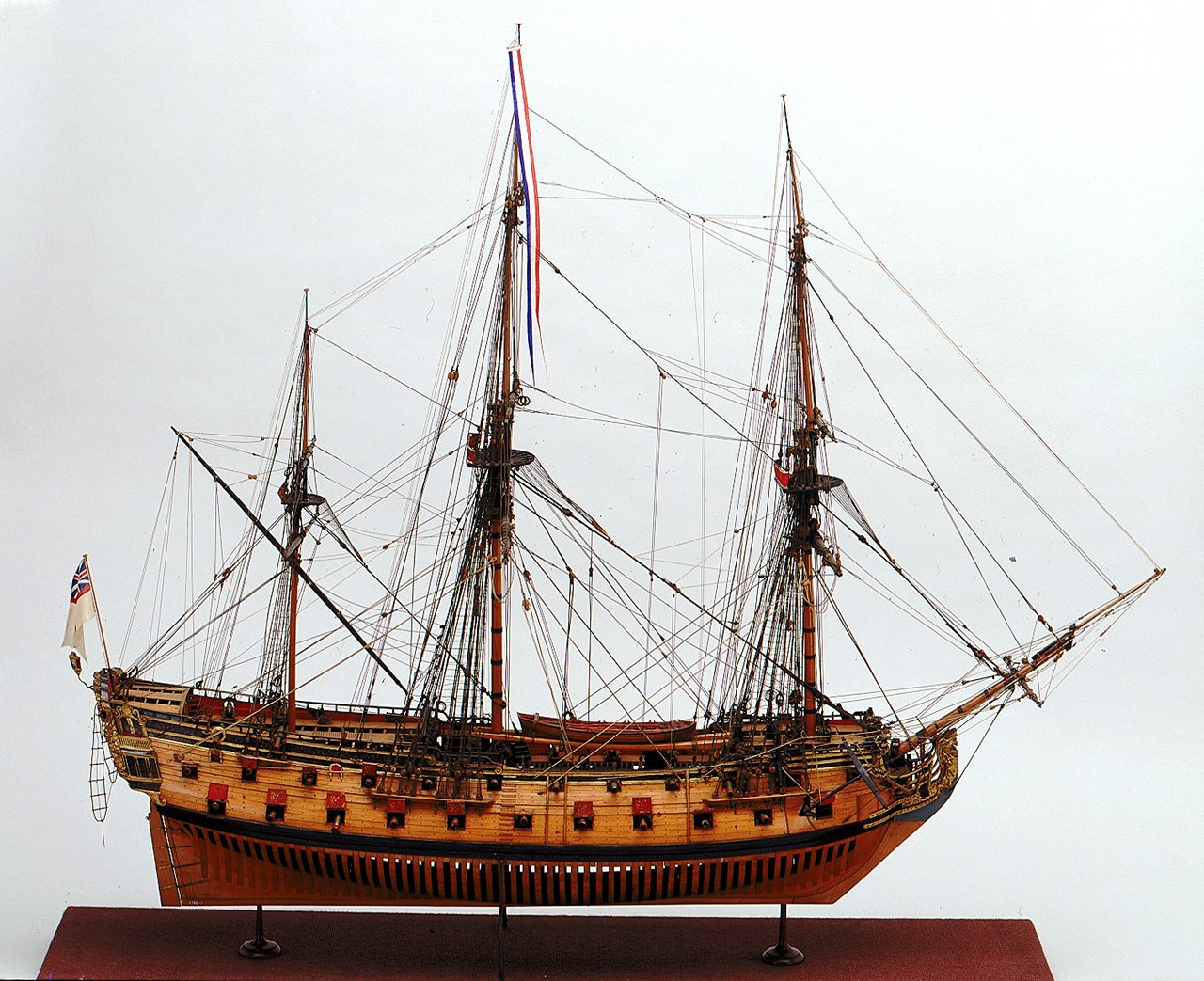
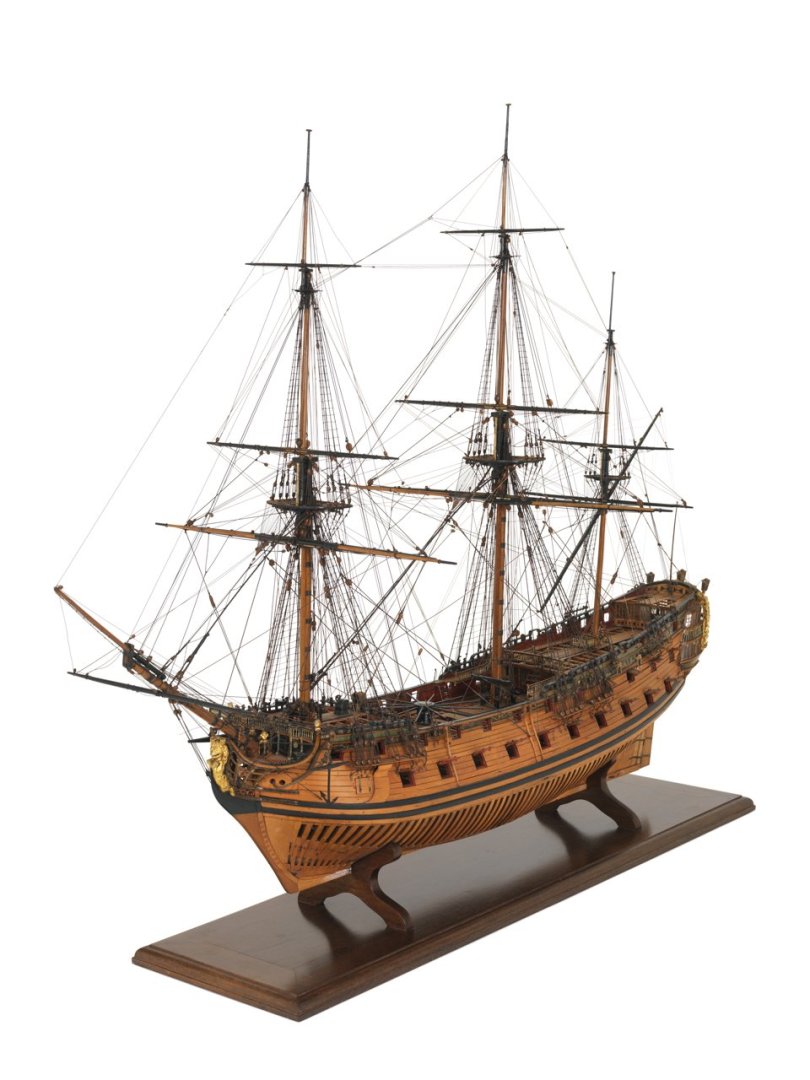
HMS Sphinx 1775 by mugje - Vanguard Models - 1:64
in - Kit build logs for subjects built from 1751 - 1800
Posted
Your planking is exemplary! The only thing that looks a bit different is there are no wales. I am guessing you will put a third layer of planking to represent the wales so you may find the following information on planking from the contract for Perseus (20) and Unicorn (20) 1776 interesting.
Allan
Plank of the Bottom The plank of the bottom to be 3 in thick of English, the best of its kind from the light draught of water up, cut regular & well seasoned no plank to be wrought less than 23 ft in length between the fore & after shifts to have 3 strakes between every 2 butts on the same timber & none less than 5 ft 9 in scarph but in general to be 6 ft & the plank to run 24 ft in length.
Main Wales The main wales to be in breadth from the upper edge to the lower edge 2 ft 10 in & in thickness 5 in to be worked in 3 strakes of such lengths & the butts properly disposed so as to give the strongest shifts to the ports & to each other.
Thickstuff under the Wales To have two strakes of thickstuff under the main wales, the upper edge of the upper strake to be 3 ¾ in thick, the lower edge of the second to be 3 in in thickness.
Thickstuff upon the Wales To have one strake upon the main wales of 3 ¾ in thickness & 10 in broad the lower edge of the strake upon that to be 3 in thick & to wear off to 2 ½ at the lower sill of the upper deck port and at the top of the side or lower edge of the sheer strake 2 ¼ in.